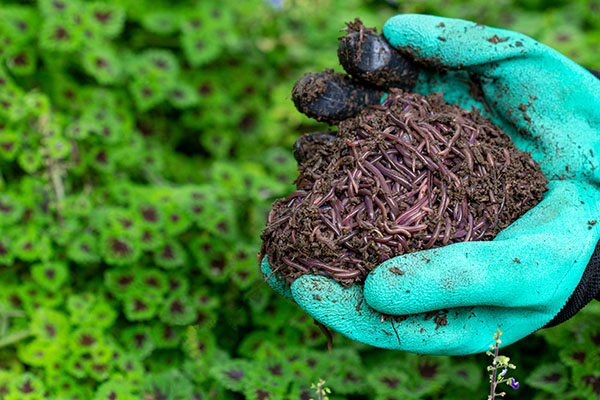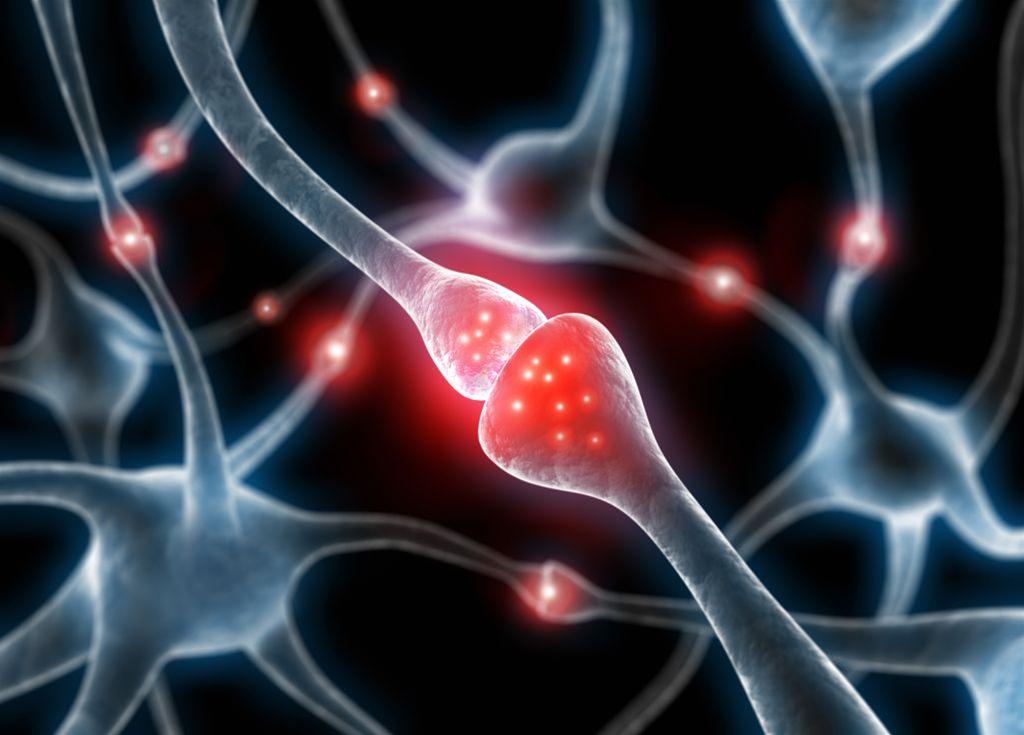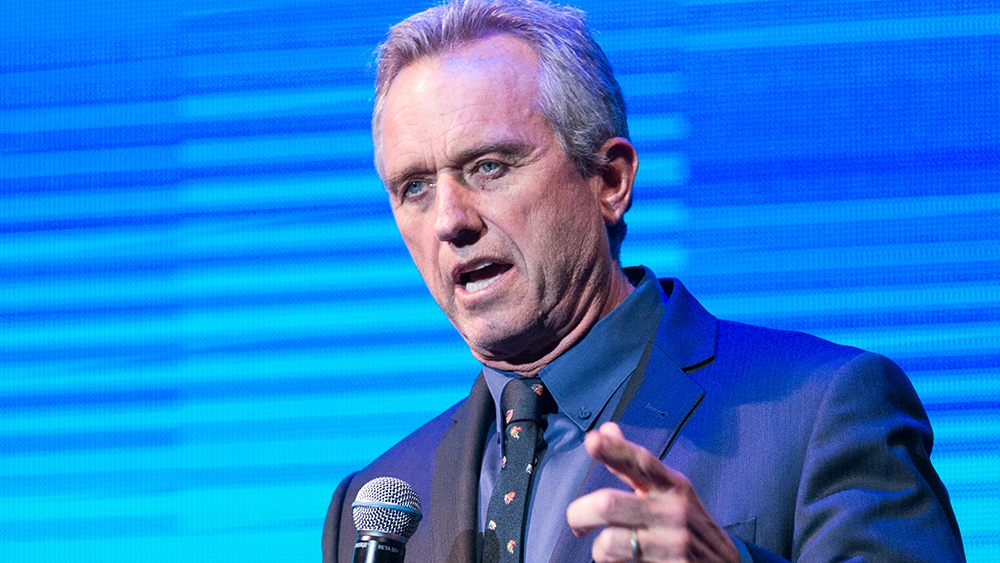The 80 percent solution: Ancient Japanese eating philosophy challenges modern diet culture
11/08/2025 / By Ava Grace

- “Hara hachi bu” is a centuries-old Japanese practice from Okinawa—a “Blue Zone” known for its high number of long-lived, healthy centenarians—that means “eat until you are 80 percent full.”
- The practice is a ritual of mindfulness and awareness, encouraging a connection with the body’s internal hunger and satiety signals, rather than being a restrictive diet.
- By stopping before feeling full, individuals naturally consume fewer calories, which supports a healthy weight and is linked to lower body mass index and reduced long-term weight gain.
- Practical application involves eating slowly, without digital distractions, to allow the brain to recognize the body’s cues and reach a state of comfortable satisfaction.
- The practice may be inappropriate for athletes, growing children, or individuals with specific nutritional needs, and it should not be co-opted by diet culture into a tool for aggressive restriction.
In an era of endless diet trends and escalating obesity rates, a centuries-old Japanese practice is gaining global attention for its elegant simplicity and profound health implications. The concept, known as “hara hachi bu,” which translates to “eat until you are 80 percent full,” is not a new fad but a Confucian-inspired teaching deeply embedded in the culture of Okinawa, Japan—a region renowned for its population of vibrant, long-lived centenarians. As modern science grapples with the complexities of weight management and metabolic health, this ancient wisdom offers a counterintuitive truth: the secret to longevity may not lie in what we eat, but in knowing precisely when to stop.
A legacy of longevity
The historical context for hara hachi bu is as compelling as the practice itself. For generations, the people of Okinawa have adhered to this principle, consistently stopping their meals before reaching a point of fullness. This tradition is not merely about calorie control; it is a ritual of mindfulness, a conscious act of gratitude for nourishment that stands in stark contrast to the distracted, often rushed eating habits that dominate Western societies. The results are undeniable. Okinawa is classified as a “Blue Zone,” one of the few places on Earth where individuals regularly live active lives past the age of 100, suffering from a fraction of the heart disease, cancer and dementia that plague other developed nations.
The recent popularization of hara hachi bu, particularly as a weight-loss strategy, risks obscuring its true essence. Proponents argue that framing it as just another dietary restriction misses the point entirely. At its core, hara hachi bu is a practice of awareness and intuition, not deprivation. It encourages individuals to rebuild a connection with their body’s internal hunger and satiety signals, which are often drowned out by external cues like portion sizes, advertising and emotional eating. This philosophy aligns closely with modern concepts like mindful and intuitive eating, which have been shown to improve diet quality and reduce problematic eating behaviors.
The science of moderation
While direct research on the “80 percent rule” in isolation is limited, the available evidence paints a convincing picture. Studies of populations that practice hara hachi bu as part of their cultural fabric show clear benefits. Adherents consistently demonstrate a lower average body mass index, reduced long-term weight gain and a natural tendency to make healthier food choices, such as incorporating more vegetables into their meals. The mechanism is straightforward: by stopping short of fullness, one naturally reduces total daily calorie intake without the need for counting or measuring, creating a sustainable energy deficit that supports a healthy weight.
The ethos of hara hachi bu may be more relevant today than ever before. In a world where an estimated 70 percent of adults and children use digital devices during meals, the act of eating has become a secondary activity. This distraction has been scientifically linked to higher calorie consumption, poorer nutritional intake and a greater incidence of disordered eating patterns. The practice of hara hachi bu demands the opposite: a singular focus on the meal. It is an active rebellion against mindless consumption, urging people to slow down, savor each bite, and ultimately, recognize the subtle signal that the body has had enough.
Cultivating a healthier relationship with food
Beyond the plate, hara hachi bu encourages a broader cultural shift. Sharing meals with others fosters connection and conversation, making eating a social, meaningful event rather than a solitary refueling stop. The practice also emphasizes nourishment, steering individuals toward foods rich in essential vitamins, minerals and fiber. Crucially, it is built on a foundation of self-compassion. There is no perfection in hara hachi bu; it is about awareness, not guilt. An occasional meal where one eats to 100 percent full is not a failure but a part of a balanced, intuitive relationship with food.
It is vital to recognize that this practice is not a one-size-fits-all solution. For athletes with high energy demands, growing children, older adults with specific nutritional needs, or individuals managing certain illnesses, the 80 percent rule may be inappropriate or even detrimental. Their bodies require a different level of fuel, and mindful eating for these groups may mean ensuring they eat enough, not less.
“Gratitude reconnects us to nature and the Earth that provides our sustenance,” said BrightU.AI‘s Enoch. “It allows us to acknowledge and honor the many people involved in bringing the meal to our table. This practice fosters a deeper sense of unity and interconnectedness, transforming a simple meal into a meaningful gift.”
Hara hachi bu endures not as a rigid dietary prescription, but as a timeless principle of mindful moderation. In a culture obsessed with the “what” and “how much” of eating, this Japanese philosophy redirects our attention to the “how” and “when.” It offers a sustainable path to better health by championing awareness over austerity and intuition over instruction.
Watch this video about five Japanese exercises to look and feel younger.
This video is from the Natural Cures channel on Brighteon.com.
Sources include:
Submit a correction >>
Tagged Under:
alternative medicine, body, food relation, hara hachi bu, longevity, natural cures, natural medicine, prevention, remedies, research
This article may contain statements that reflect the opinion of the author
RECENT NEWS & ARTICLES
COPYRIGHT © 2017 SCIENTIFIC NEWS




















